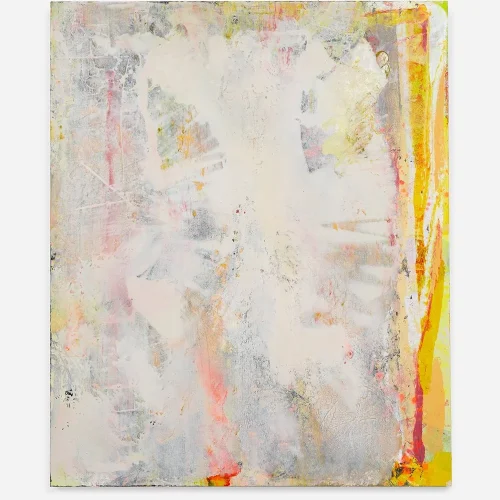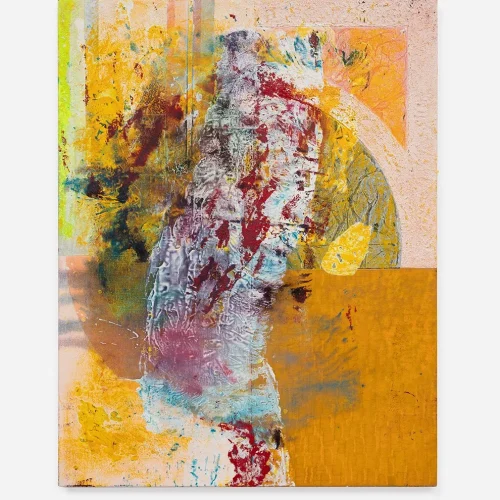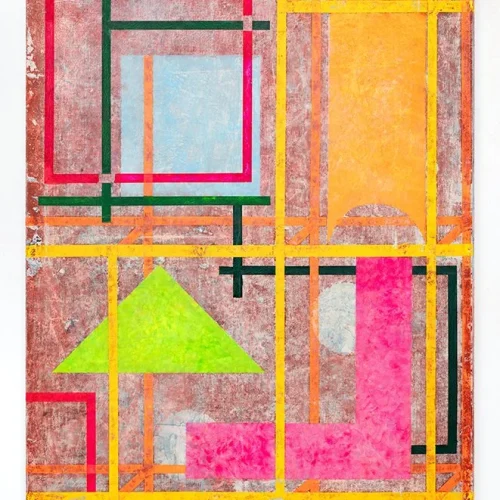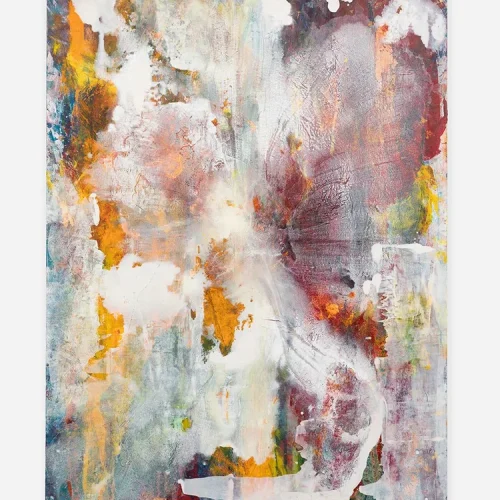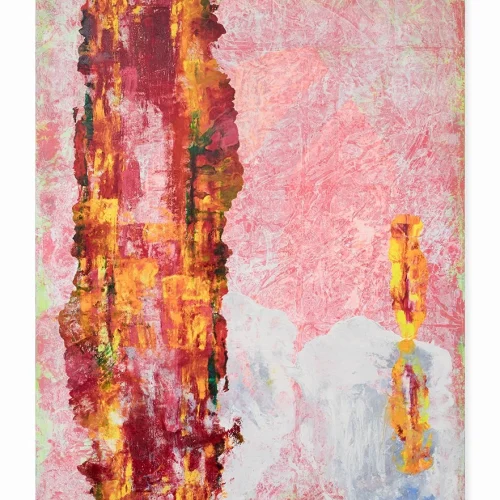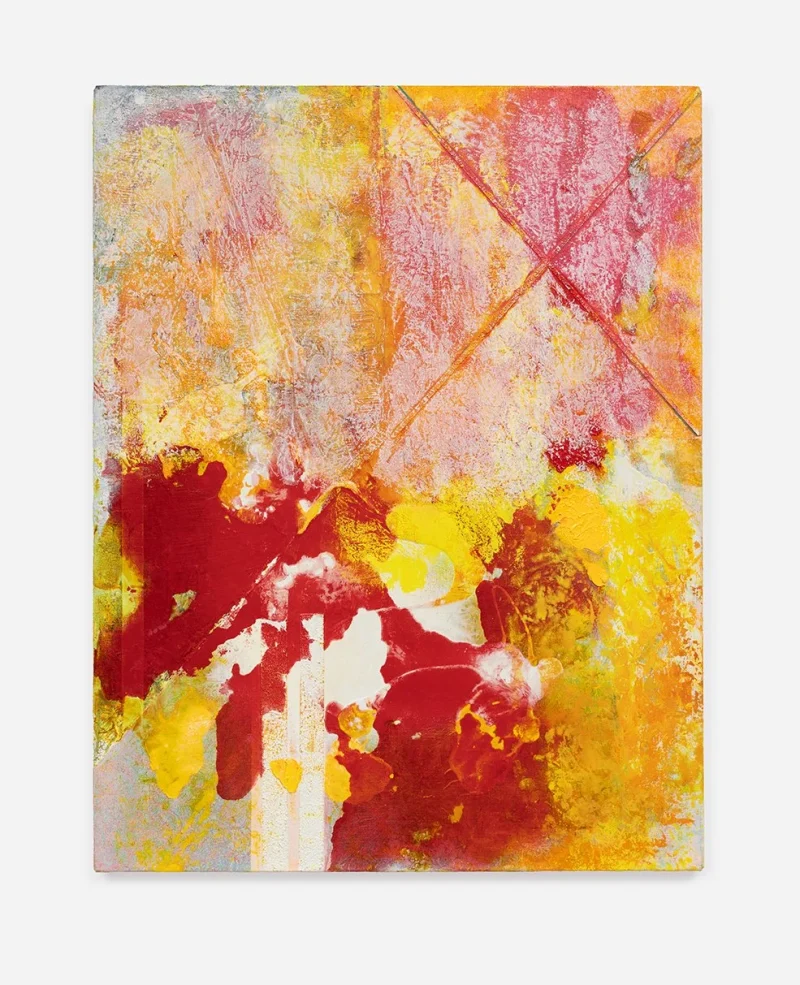
Anna Liber Lewis is a painter. She was the 2013 recipient of the Genesis Foundation Scholarship to study at the RCA gaining an MFA, 2015. She holds a BA from Central Saint Martins. Winner of both the Griffin Arts Prize and the Young Contemporary Talent Prize supported by the Ingram Collection in 2017. Her first solo show was at Elephant West, commissioned by Elephant Magazine: a call and response between music and painting. The project lives on via the Four Tet EP: Anna Painting.
She has shown widely in the UK and Europe. Her work is held in many private collections. She lives and works in London.
Anna Liber Lewis’ paintings are organised around a self-reinforcing visual system, whereby a set of formal parameters informs how the image is constructed. The paintings are made through a process of building and erasing, using the language of print and drawing. She works across many canvases, responding and reacting to the other in a generative process, much like how music is processed. “In the studio I lam free to listen to my nervous system, like an anechoic chamber, and move the sense datum which remains trapped in my body.”
These new works point to the presence of the body. Colors are no longer separated by distinct lines; shapes move, change and morph. They are a synthesis of gently responding and violently reacting to each other. “I approach the canvas very physically, applying paint in ways that extend and challenge my body: moving the canvas from the wall to the floor, and pressing the oil paint into the surface to disrupt the surface with whatever is at hand in the studio – an old t-shirt, plastic wrap or edge of cardboard.”
Dance and music, rhytm and repetition, often drive the work. Her paintings bring the mind and body together via ritualised physical processes that regulate her autonomic nervous system. Over the past 5 years Liber Lewis has been concerned with concepts around how the body holds and releases trauma and Polyvagal Theory. “What’s quietly radical about (these images) is how utterly Liber Lewis has internalised and personalised her own language of painterly abstraction. There’s no strategic positioning here, and no call and response to Abstraction’s origin story. And, powerful as the work is, there is clearly no macho posturing. It gives her great freedom for variety and for play; from the tongue in cheek of hiding her name in the various works, to the encoded dynamic explosion between foreground and background.” Ansel Krut.



